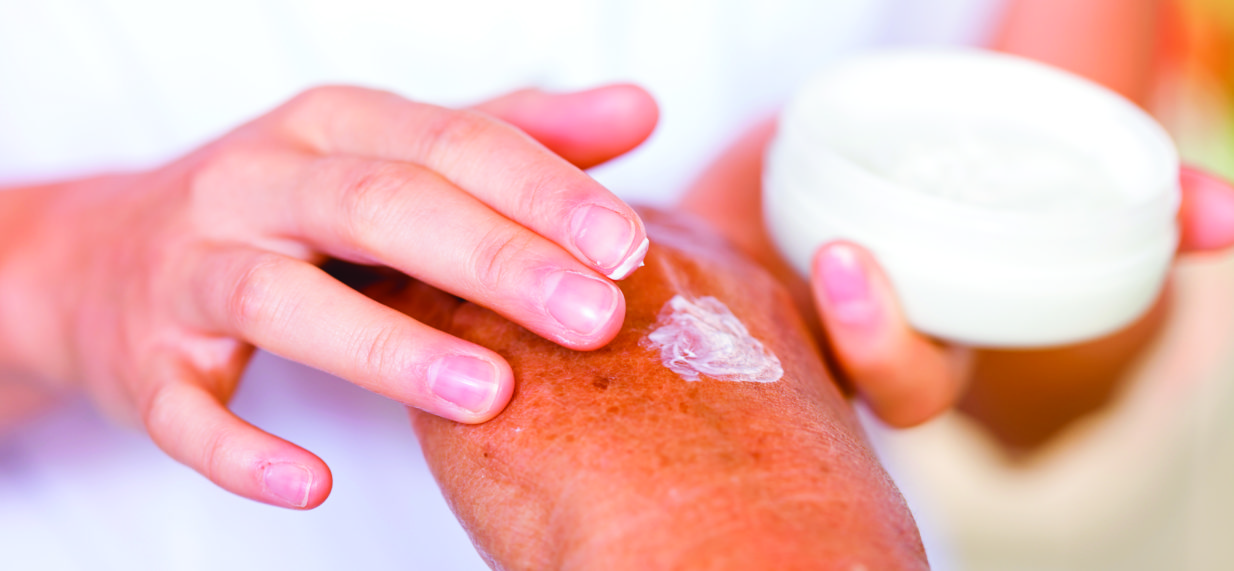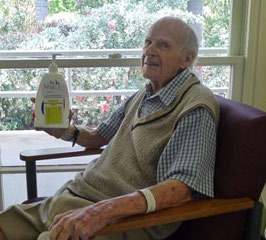
10 August, 2018
As you age, it is natural for your skin to become thinner and hold less moisture, but it does put you at increase risk of some serious health issues. For many elderly patients, it may only take a bump to cause a very nasty skin tear wound. These tears can be painful, slow healing and susceptible to infection.
In collaboration with the Wound Management Cooperative Research Centre (CRC), Ms Karen Finch a research nurse at Gallipoli Medical Research Foundation (GMRF) conducted an investigation into skin tears amongst elderly patients at various wards at Greenslopes Private Hospital.
GMRF CEO Miriam Dwyer said the research project was a practical way of addressing an issue that was reported to be the most common wound found amongst the elderly.
“Skin tears can be very traumatic wounds,” Ms Dwyer says, “They cause considerable pain and loss of quality of life for the patient and can lead to long-term chronic wounds. On top of this skin tears are a significant cost to the healthcare system.”
Launched in 2011, the project examined the potential benefit of a twice-daily application of moisturiser when applied to the hands and feet of elderly patients. Karen enrolled 762 patients in the study, with their outcomes compared to a historical control group. At the time the study commenced, there was no protocol in place for a moisturising routine for patients.

The findings, which were published in June this year, showed a significant reduction in the number of skin tears for patients on a twice-daily moisturising routine. The average monthly incidence rate in the intervention group was 4.35 per 1000 occupied bed days (96 skin tears over 12 months) which was significantly lower than those found in the historical control group of 6.61 per 1000 occupied bed days (89 skin tears over 6 months).
“We are delighted these results have now been published, and that they have highlighted the potential benefit this relatively low-cost intervention can make in reducing health care costs and improving care outcomes,” Ms Dwyer says.
The Wound Management Innovation CRC has now concluded its eight year research investigation. Through the funding of projects such as GMRF’s skin tear research study, CRC has contributed significantly to the understanding and treatment of wounds and helped to develop new tools and risk assessments to improve wound healing and quality of life for people with wounds in Australia.
For the full publication, CLICK HERE

